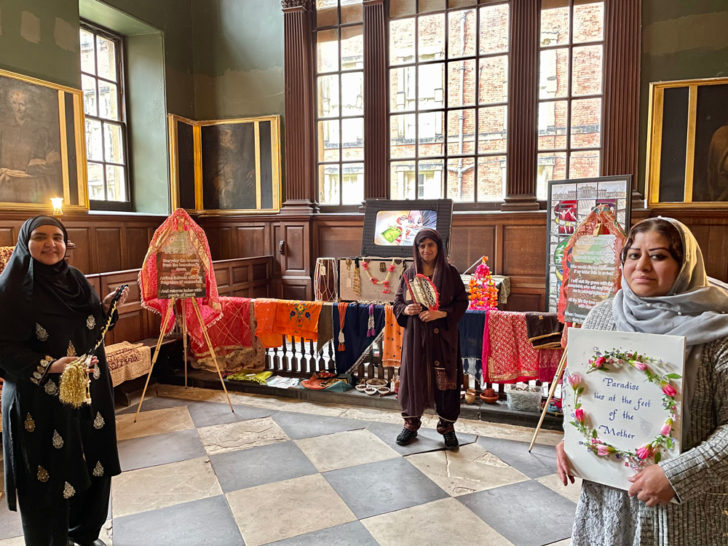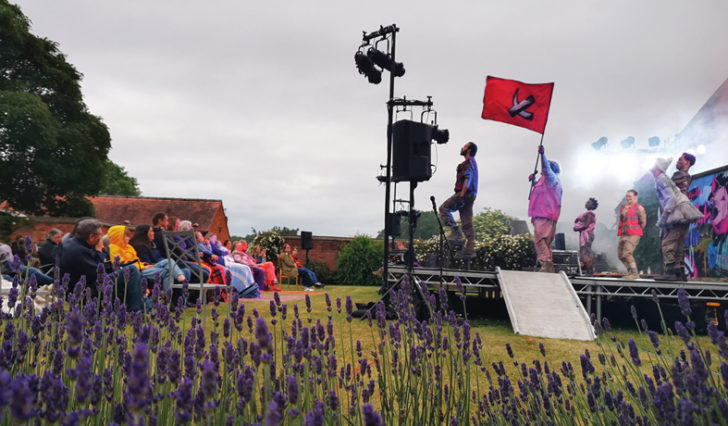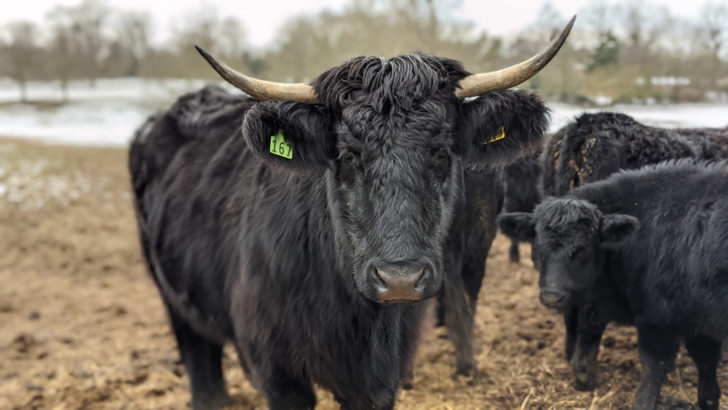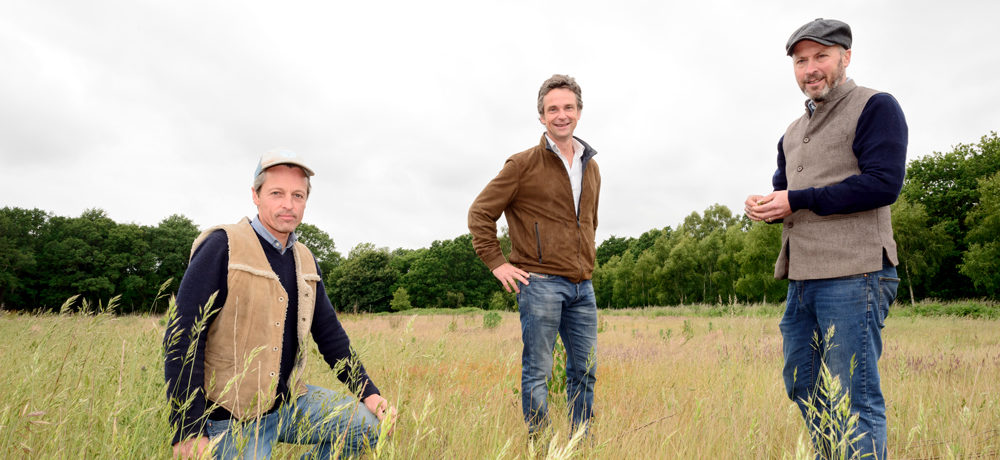A place in the country: rethinking country estates
England’s country estates are a varied bunch, and many are diversifying, refocusing and reaching out to new audiences to survive and thrive in changing times, says Eleanor Doughty.
A new approach
To look at, Wentworth Woodhouse doesn’t seem like the sort of place that you could miss. The former home of the Fitzwilliam family, coal magnates and landowners, it is – depending on who you ask – either the largest or the second largest house in England. And yet, until 2017, it was almost totally unknown to the local community of Rotherham. It was closed to the public, and hidden in plain sight from the town just five miles away.
It was once a palatial residence devoted to one family, with an army of staff that included a bear keeper. Today the estate is in the hands of a community trust, the Wentworth Woodhouse Preservation Trust, which acquired the building and 87 acres of its gardens in 2017. The trust’s goal is to regenerate the site as a catalyst for positive change in South Yorkshire. Its chief executive, Sarah McLeod, is not only at the helm of a building restoration project that could cost up to £200m, but she is also on a mission to make Wentworth welcoming to the local community and beyond. This not only involves opening the private gardens as a visitor attraction, and new interpretation of the house’s spectacular state rooms, but extends to reaching parts of the community that can feel excluded from estates of this kind.
‘When you’ve got a house like Wentworth, which is a bastion of white aristocratic Britain, there is an obvious challenge in dealing with the global majority,’ she says. ‘White British visitors, whatever their background, might feel some thread of connection with the house. That is much more difficult when you are dealing with groups from Somalia, or Poland, or Pakistan.’
One of the approaches the trust is taking is to explain how the culture of Wentworth ran alongside that of other cultures, exploring ‘what was happening here in this house in the 1930s, and what was happening in Rotherham in the 1930s’, says Sarah. ‘If you look at these things in parallel, then you can look at them together.’
Connecting with communities
Audience development might not always be easy at Wentworth, but it’s extremely rewarding. Sarah’s team are not just inviting local groups to the house, but going out to visit them too. Next year, they hope to open the restored 18th-century Camellia House in the gardens as a global tea house. Six days a week it will form part of the regular visitor attraction. On Mondays ‘We will do dedicated work with community groups, taking tea with them, because we believe tea is a great leveller’, says Sarah, who plans to incorporate the pink tea drunk by the local Bengali community into the Camellia House’s menu. The idea, she adds, is to get people ‘to be comfortable coming to us and knowing us, so that they feel they are part of the audience here’.
Inclusion is at the heart of Sarah’s vision for Wentworth in the 21st century. Last year, Wentworth’s chapel hosted The Suitcase exhibition by a Pakistani women’s art collective, the Zanib Collective, to mark the first generation of Pakistani women who came to Rotherham in the 1960s. ‘The trust’s engagement work has been outstanding,’ says participating artist Zanib Rasool MBE. ‘It has opened the mansion’s doors to all and helped break down barriers and engage diverse communities.’

Sarah accepts that Wentworth, in all its (slightly run-down) finery, might sometimes be a difficult sell, and that this mission might take time – but, she says cheerfully, ‘it’s about going one step at a time’.
Estate of change
Sarah’s team are not alone in wanting to approach new audiences. The English country houses that have continued to thrive in the modern world have often looked for ways to diversify and do things differently. After World War II, many stately home owners opened their houses to the public, or brokered deals to hand them over to the National Trust or other bodies. Yet other families have held on to their estates, diversifying into new areas, new revenue streams and new projects.
Off the B5065 in Shropshire, 14 miles from Shrewsbury, stands the charming, brick-built Soulton Hall, home of the Ashton family for 450 years. Today’s Ashtons – John and Ann, and their son Tim – farm over 500 acres in a traditional ‘no-till’ style. This method avoids disturbing the soil as far as possible to reduce erosion and retain nutrients.
They begun welcoming overnight guests to the house in the 1980s. But, like many estates they have also diversified into hosting weddings, serving candle-lit dinners and running a pair of holiday cottages. More unusual is their Long Barrow, a memorial site inspired by England’s Neolithic barrows, which opened in 2018.
Only the second of its kind in the UK, this recreation was partly inspired by Ashton family trips to other barrows across the British Isles. ‘I’m very proud to live in north Shropshire – the people are great,’ says Tim Ashton. ‘We are lucky to have this architectural statement here, which people trust us to look after, and is respected as part of their landscape.’

The Ashtons’ dedication to keeping their local community close was proven again during the first summer of coronavirus restrictions. To bring people together safely, the family decided to build an amphitheatre at Soulton in which to stage performances in the open air. The project was, Tim explains, inspired by a tour made by Shakespeare’s theatre company, the Lord Chamberlain’s Men, during the plague of 1606. ‘The first place on the tour was Shrewsbury, and they played outside – it was about people’s welfare, even then.’
He decided to follow suit, building the theatre in about five weeks, and giving much-needed work to local people. The Ashtons went on to welcome around 5,000 people to Soulton, with plays every weekend. The amphitheatre was not the most commercial of projects, but it wasn’t supposed to be: ‘The point of doing it is not to make money; it’s about the cultural weight that it gave us.’
Sustainable land management
On the Somerleyton Hall estate in Suffolk, Hugh Crossley, 4th Baron Somerleyton, is embracing more sustainable land practices in terms of farming and nature. He has taken a similar route to the celebrated rewilded estate at Knepp Castle in West Sussex. When he took over about 15 years ago, the large Victorian stately home was ‘tired and unmodernised’, and the estate run in a traditional way, with most jobs done by the agent. The late Lord Somerleyton had opened the house to the public in the 1950s, but times were still tough. With a business model based on two fluctuating markets – farming and visitors – things often had to be sold off. Hugh ‘cannot imagine the pain it must have been for my father to see asset disposal as a necessary part of running his business’.
Today, Somerleyton is run rather differently, with the business divided into farming, tourism and property. Attracting visitors remains important – the house is open to the public on a limited basis, and the estate’s two-mile-long Fritton Lake offers a holiday club with woodland cabins, a floating sauna and plenty of sporting activities to enjoy.
Fritton is, however, also an important part of WildEast, the rewilding and nature restoration project set up by Hugh and his fellow East Anglian farmers Oliver Birkbeck and Argus Hardy. Its aim is to restore 20% of East Anglia to natural habitat, with Fritton at the heart of Hugh’s parcel of land. The area is a mosaic of heath, alder carr, woodland and former farmland that has been set aside for nature. Its visitors are encouraged to engage with the rewilding team on jeep, foot and boat safaris to understand more about the work being done. They can also take the opportunity to forage for their suppers, and eat outside among free-roaming Exmoor ponies, deer, pigs and Highland cattle.

Hugh’s ambition is to reunite people and nature, which can sometimes involve balancing the needs of both. He is keen to work out an arrangement between those who enjoy paddleboarding on Fritton Lake and the estate’s water buffalo, which like to swim there. He laughs: ‘Is that a bridge too far? It’s a restoration project of the human mind as much as the land itself.’
Landowners have always taken the long view. Today, says Hugh, this long view is about ‘how we can build ecological resilience and restoration into our land, and how we can attract carbon and biodiversity credits. We’re doing it with the same zeal that our fathers had after the war, when they were hell-bent on ploughing up every single inch to produce food, because that was the mission of the day. Now, the mission is to save the planet.’
Do you know of a country estate that is doing great work? We’d love to hear about it at cpre@thinkpublishing.co.uk.
A version of this article was originally published in CPRE’s award-winning magazine, Countryside Voices. You’ll have Countryside Voices sent to your door three times a year, as well as access to other benefits including discounts on attraction visits and countryside kit from major high street stores when you join as a CPRE member. Join us now.
About the author
Windsor-based journalist Eleanor Doughty writes for The Daily Telegraph, The Times and Country Life among others. She is currently writing her first book about the British aristocracy from 1945.









